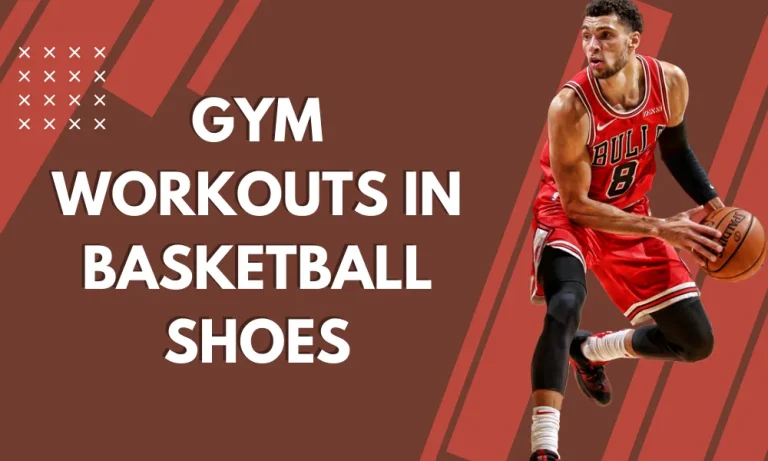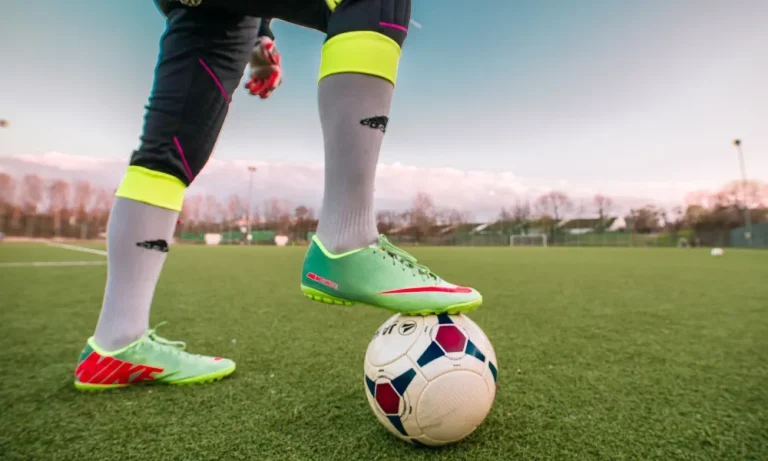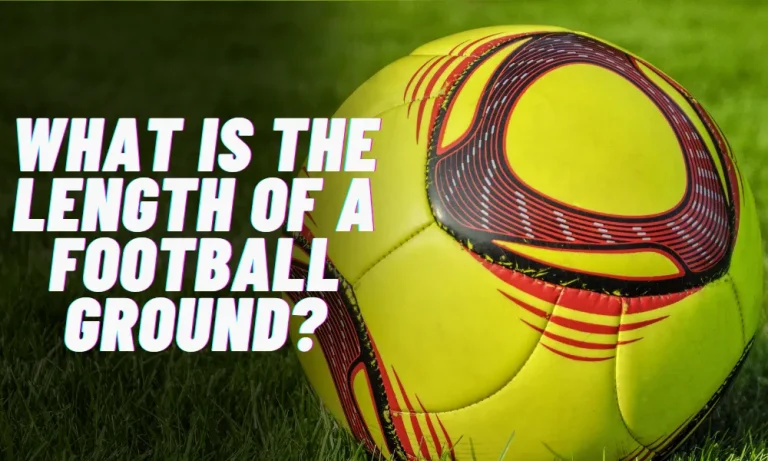Basketball vs. Football: Which Is More Physically Taxing
Are you ready to settle the age-old debate about which sport takes a greater toll on the body – basketball or football? Well, in this blog post, we’re going to dive deep into the physical demands of these two popular sports. From the lightning-fast moves on the basketball court to the bone-crushing tackles on the football field, we’ll explore the unique challenges faced by athletes. So, lace up your sneakers and strap on your helmet as we analyze the physical strain basketball and football impose on their players.
The Nature of Basketball
Basketball is a sport that demands agility, speed, and endurance from its players. It’s a fast-paced game that keeps athletes constantly on the move. One of the unique aspects of basketball is the constant running involved. Players sprint up and down the court, transitioning from offense to defense and back again. This continuous movement requires a high level of cardiovascular fitness and stamina.
In addition to the running, basketball also involves quick changes in direction. Players must be able to pivot, cut, and change their momentum rapidly to outmaneuver their opponents. This requires excellent agility and body control to execute these movements effectively.
Agility is a crucial aspect of basketball. Players need to be able to move laterally, dodge defenders, and make sharp turns while maintaining their balance. The ability to change direction quickly and efficiently can give players a significant advantage on the court.
Speed is another key component of basketball. Players need to be able to move quickly to get open for passes, drive to the basket, or defend against fast breaks. Speed can make a difference in beating opponents to loose balls, executing fast breaks, or defending against fast players.
Endurance is also vital in basketball. Games can be intense and last for extended periods, requiring players to maintain their performance throughout. Players need to have the stamina to keep up with the fast pace of the game and avoid fatigue as it can lead to a decrease in performance.
The Physical Demands of Football
Football is a sport that places significant physical demands on its players. The game is known for its high-impact nature, with players engaging in tackling, blocking, and collisions throughout the match. These actions require a combination of strength, power, and endurance.
Tackling is a fundamental aspect of football, and it involves forcefully bringing down an opponent to stop their progress. This requires players to generate power and use their strength to execute successful tackles. Additionally, blocking is another crucial component of the game, where players use their bodies to obstruct opponents and create space for teammates. This requires strength and the ability to deliver powerful blocks.
Collisions are an inherent part of football, as players often collide with each other during tackles, blocks, or while contesting for the ball. These collisions can be intense and put a strain on the body, requiring players to have physical resilience.
To succeed in football, players need to possess strength to overpower opponents, power to generate explosive movements, and endurance to sustain their performance throughout the game. Strength is crucial for winning battles on the line of scrimmage and maintaining a strong defensive stance.
Power is necessary for explosive movements such as sprinting, jumping, and executing powerful tackles. Endurance is vital as football games can be physically demanding, lasting for extended periods of time, requiring players to have the stamina to keep up with the pace of the game.
Comparing Injury Rates
Injury rates in basketball and football are significant considerations when evaluating the physical well-being of players. Both sports carry inherent risks, and understanding the common injuries in each can shed light on their impact.
In basketball, common injuries include sprained ankles, knee sprains, and wrist fractures. The fast-paced nature of the game, with sudden changes in direction and jumping, puts stress on the joints and can lead to sprains.
Wrist fractures can occur from falls or collisions, as players often use their hands to break their falls. Additionally, concussions can occur from collisions or accidental contact, although they are relatively less common in basketball compared to football.
Football, on the other hand, presents a higher risk of physical injuries due to its high-impact nature. Players are susceptible to sprained ligaments, fractures, and concussions. Tackles and collisions can cause injuries to various body parts, including the knees, shoulders, and head.
Concussions, in particular, have received significant attention due to their potential long-term effects on players’ health.
Both sports carry the risk of long-term effects from injuries. Repeated injuries can lead to chronic pain, joint issues, and even early retirement for athletes. The impact of injuries on players’ careers can be devastating, affecting their performance, longevity in the sport, and overall quality of life.
Endurance vs. Explosiveness
Basketball and football require different physical attributes when it comes to endurance and explosiveness. Basketball players need to maintain stamina throughout the game, while football players rely on short bursts of intense energy.
In basketball, players must possess endurance to keep up with the fast-paced nature of the game. They need to constantly move on the court, running, jumping, and changing directions. Endurance allows basketball players to maintain their performance over the course of a game, as they need to be able to sprint back and forth, defend, and execute offensive plays without fatigue affecting their abilities.
Football, on the other hand, is characterized by explosive movements and short bursts of energy. Players must be able to generate power quickly to execute actions such as sprinting, tackling, and blocking. Football players need to be explosive in their movements to gain an advantage over opponents and make quick, decisive plays.
While endurance is still important in football, the ability to produce short bursts of intense energy is crucial for success in the sport.
To enhance their endurance, basketball players often engage in cardiovascular training, such as running, cycling, and interval training. This helps improve their overall stamina and ability to sustain physical exertion over the course of a game. Football players, on the other hand, focus more on explosive training methods, such as plyometrics and weightlifting, to enhance their power and quickness.
Physical Training and Conditioning
Basketball and football have distinct training approaches to meet their respective physical demands. Both sports emphasize strength training, cardio exercises, and flexibility to enhance performance and reduce the risk of injuries.
In basketball, strength training is crucial for building overall body strength and improving power. Exercises such as squats, lunges, and upper body workouts help basketball players develop the necessary strength to jump higher, move quickly, and withstand physical contact.
Cardio exercises like running, cycling, and agility drills are also essential to improve endurance and cardiovascular fitness. Additionally, flexibility training through stretching and yoga is essential for basketball players to maintain mobility and prevent muscle imbalances.
In football, strength training plays a significant role in building power and explosiveness. Weightlifting exercises like squats, deadlifts, and bench presses are commonly used to develop strength in key muscle groups.
Cardio exercises are important for football players to maintain endurance, as they need to sustain high-intensity bursts throughout the game. Flexibility training is also crucial to prevent injuries and allow for a wider range of motion.
Training techniques and routines in both sports are tailored to meet the specific demands of each game. Basketball players may engage in agility drills, plyometrics, and sport-specific drills to improve their quickness, agility, and basketball-specific skills.
Football players, on the other hand, focus on drills that simulate game situations, such as tackling and blocking drills, as well as position-specific exercises to enhance their performance on the field.
Mental and Emotional Toll
Competing in basketball and football can bring about significant psychological and emotional strain for athletes. The pressure to perform at a high level, dealing with competition, and maintaining mental fortitude are all essential aspects of these sports.
Both basketball and football place immense pressure on athletes to perform. In basketball, there is a constant need to make split-second decisions, execute plays flawlessly, and deliver under pressure. The competitive nature of the sport adds to the mental strain, as players must constantly prove themselves against opponents.
Football, on the other hand, involves intense physicality and the need to make quick, strategic decisions amidst chaotic situations. The pressure to succeed and meet the expectations of teammates, coaches, and fans can be overwhelming.
Dealing with competition is another mental challenge for athletes. In basketball, players must navigate the dynamics of teamwork, communication, and individual goals. The constant competition for playing time and the need to outperform teammates can create emotional strain.
In football, the competitive nature is amplified, as players must battle against opponents for positions and playing time. The drive to excel and secure a spot on the team can be mentally and emotionally demanding.
Injuries and setbacks can have a significant impact on athletes’ mental well-being. In both sports, the risk of injuries is high due to the physical nature of the game. Dealing with injuries can be mentally taxing, as athletes may face the fear of not being able to return to their previous level of performance.
Setbacks, such as losing games or facing criticism, can also take a toll on athletes’ mental well-being. The demand for high performance in both basketball and football adds to the pressure, making it crucial for athletes to develop mental resilience and seek support when needed.
Conclusion
In the world of sports, basketball and football stand out as physically demanding activities. While both sports require strength, endurance, and agility, they differ in their specific physical demands. Basketball players rely on explosive movements, quickness, and agility, while football players require power, strength, and stamina to withstand the intense physicality of the game.
FAQs: Basketball vs. Football: Which Is More Physically Taxing
Are basketball players more agile than football players?
Yes, basketball players require quickness and agility for their fast-paced movements on the court.
Do football players need more strength compared to basketball players?
Yes, football players require significant strength to withstand the physicality of the game and overpower opponents.
Are there specific training techniques for each sport?
Yes, basketball players focus on vertical jumps and agility, while football players engage in position-specific drills and simulate game situations.
Which sport has a higher risk of injuries?
Both sports carry a risk of injuries, but football’s physical nature and collisions make it generally more injury-prone.
Do basketball players and football players have similar cardiovascular demands?
Both sports require cardiovascular fitness, but basketball’s fast-paced nature often requires players to maintain a higher level of endurance.
Is mental fortitude equally important in both sports?
Yes, mental fortitude is essential in both basketball and football due to the pressure to perform, competition, and the impact of injuries and setbacks.





